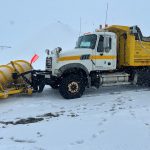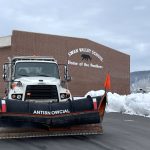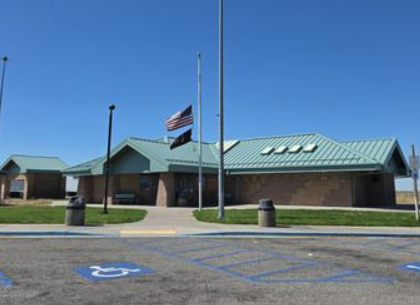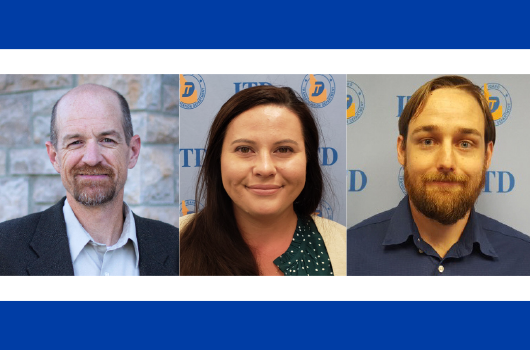Severe weather causing multiple road closures and traffic delays across Idaho
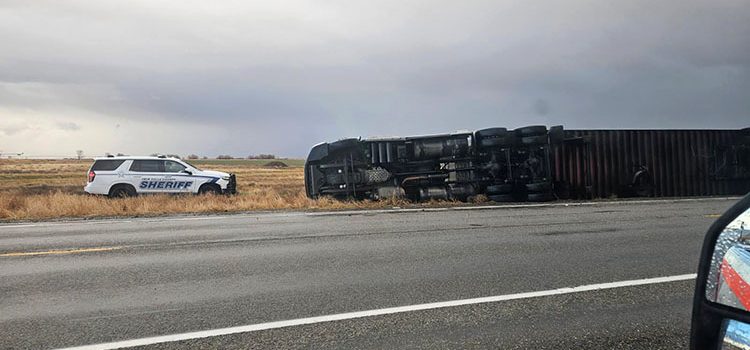
IDAHO — Multiple road closures across Idaho are currently in effect due to extreme winds and thunderstorms. Widespread incidents are causing traffic impacts such as downed trees, power lines, toppled semi-trucks, and more.
Idaho Transportation Department crews across the state are working around the clock to be able to get roads open safely. ITD strongly encourages people to limit travel during this time.
Drivers should be aware that road and travel conditions are rapidly changing. This is expected to continue until the storm passes late tonight.
Intersections where signals have been impacted should be treated as four-way stops. Motorists should also never drive through or around road barriers for their own safety and that of crews working.
Emergency response crews and dispatch centers are also handling an influx of calls and incidents related to the widespread storms. Please only call 911 for true emergencies and not to report power outages or ask for updates on power services being restored.
Details regarding specific closures and traffic impacts can be found on the Idaho 511 app and at https://511.idaho.gov/. Drivers are encouraged to check conditions ahead of travel to avoid hazards. ITD is working diligently to keep these resources up to date during this storm.






